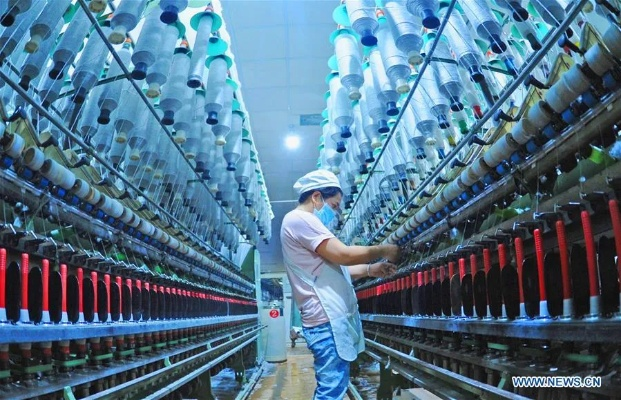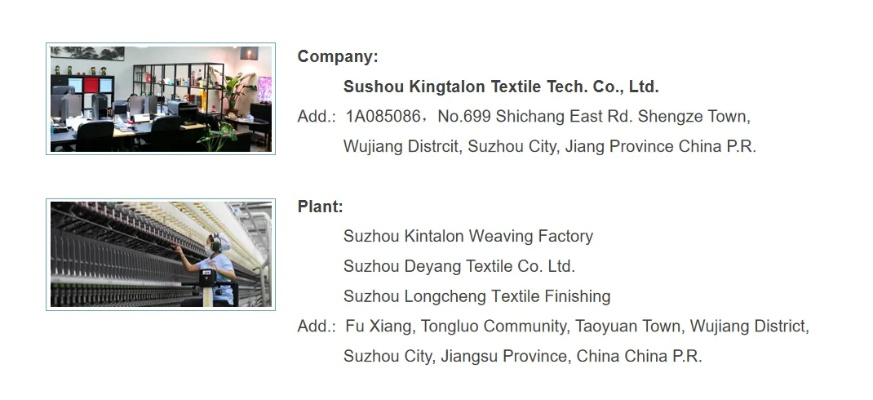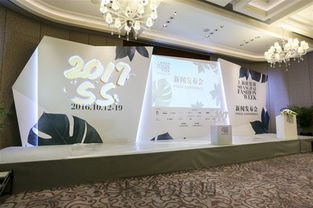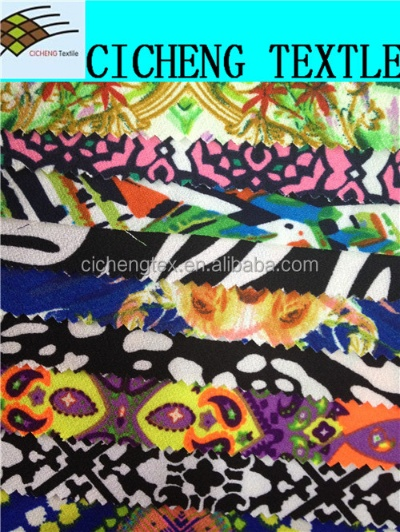Exploring the Future of Environmentally Friendly Textiles in Guangxi,China
: The Future of Environmentally Friendly Textiles in Guangxi, China,Abstract: ,In recent years, environmental sustainability has become an increasingly significant concern in the textile industry worldwide. In Guangxi, China, this trend is being actively pursued with a focus on developing eco-friendly and sustainable textile products. This paper explores the future development potential of such products within the context of Guangxi's unique geographical, cultural, and economic landscape, aiming to provide insight into how these innovations can contribute to the region's long-term sustainability goals. By examining current trends and challenges in the market for green textiles, as well as exploring potential opportunities for investment, the study aims to highlight the importance of sustainable production practices in shaping the future of textiles in Guangxi and beyond.
Introduction to Textiles in Guangxi: A Tapestry of Sustainability
Textiles, a cornerstone of the fashion industry, play an integral role in Guangxi's cultural identity. This region is known for its rich textile heritage and vibrant market that spans centuries. However, the fabric of this tapestry is increasingly being woven with environmental awareness—a trend that is gaining momentum in the wake of growing consumer concerns over sustainability. In this discourse, we delve into the future of sustainable textiles in Guangxi, where innovation meets tradition, and green practices are not just optional but essential for the longevity of the industry.
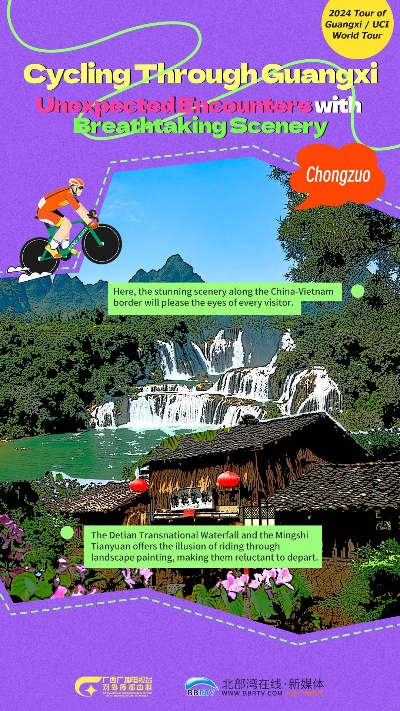
Sustainable Textile Trends in Guangxi
The concept of sustainability in textiles has been gaining traction in Guangxi, particularly driven by the increasing demand for eco-friendly materials. The region is witnessing a shift towards natural fibers like organic cotton and linen, which are less prone to chemical treatments and pesticides commonly used in conventional textile production. Additionally, biodegradable dyes and finishes are being incorporated into textile manufacturing, ensuring that these products do not harm the environment during their life cycle.
Moreover, the use of renewable energy sources like solar and wind power is becoming a staple in textile factories across Guangxi, reducing reliance on non-renewable resources. This approach not only conserves energy but also aligns with global efforts towards decarbonization.
Technological Advancements and Innovation in Textile Production
Innovation is key to the growth of the environmentally friendly textile sector in Guangxi. Technologists are working tirelessly to develop more efficient and eco-friendly production processes. For instance, the adoption of circular economy principles has led to the recycling of textile waste, turning it into new raw materials. This approach not only reduces waste but also minimizes the carbon footprint associated with producing new textile products.
Smart technology is also playing a crucial role in enhancing the efficiency and sustainability of textile production. Machine learning algorithms can be used to optimize production processes, predicting maintenance needs and resource consumption before they lead to significant downtime or wastage. Furthermore, digital platforms have emerged that enable consumers to track the origins and sustainability credentials of their clothes, empowering them to make informed purchasing decisions.
Case Studies: Success Stories from Guangxi's Textile Industry
One such success story is the development of a sustainable textile brand in Guangxi that focuses on organic cotton. The company has established partnerships with local farmers who adhere to strict organic farming practices, ensuring that their produce is grown without synthetic inputs or pesticides. The result is high-quality, durable clothing made from sustainably sourced materials. This model has not only boosted the image of the brand but also encouraged other businesses to adopt similar practices.
Another notable example comes from a textile manufacturer that leverages renewable energy to power its facility. By installing solar panels, the company reduced its reliance on coal-fired power generation and significantly decreased its carbon emissions. This move has not only earned the company a reputation for being environmentally conscious but also attracted investors interested in supporting companies with a positive impact on the planet.
Future Trends and Outlook for Guangxi's Textile Sector
Looking ahead, the future of textiles in Guangxi holds immense potential. As demand continues to grow globally for sustainable and ethical apparel, the region will see a surge in investments in research and development, leading to innovative solutions that cater to both consumers and businesses.
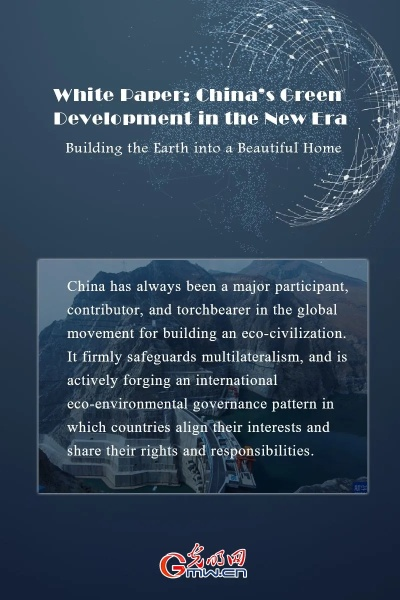
The integration of artificial intelligence and machine learning will enable textile manufacturers to optimize production processes, reduce waste, and enhance product quality while minimizing environmental impact. Furthermore, collaboration between different sectors within the industry—from designers to retailers—will foster a more integrated approach to sustainability.
Conclusion: Embracing the Future
The textile sector in Guangxi is embracing the future, adopting practices that reflect the values of sustainability and responsible production. With technological advancements, innovative thinking, and a growing consumer base demanding better options, the future looks bright for the region's textile industry. By embracing these trends, Guangxi can not only secure its place as a leader in the global fashion industry but also contribute to a healthier planet. It is a testament to the resilience of human endeavors that even amidst economic uncertainties, we can continue to push boundaries and shape our destiny through innovation and sustainability.
广西作为我国的重要纺织产业基地,近年来在环保针纺织品领域取得了显著的发展,本文将深入探讨广西环保针纺织品的发展趋势,并结合实际案例进行分析。
广西环保针纺织品市场现状
市场规模与增长趋势 广西地区针纺织品市场规模不断扩大,环保理念深入人心,绿色、低碳、可持续的针纺织品成为市场主流。
主要产品类型与特点 广西环保针纺织品主要包括纯棉、涤纶、竹纤维等天然纤维制品,以及新型环保面料等,这些产品具有环保、舒适、耐用等特点。
广西环保针纺织品发展趋势分析
技术创新驱动发展 随着环保理念的深入人心,广西环保针纺织品行业在技术创新方面取得了显著进步,采用环保材料、智能生产技术等手段,提高产品质量和效率。
绿色生产成为主流 随着国家对环境保护的重视,绿色生产成为广西环保针纺织品行业的主流趋势,企业注重资源循环利用,减少废弃物排放,提高环境友好性。
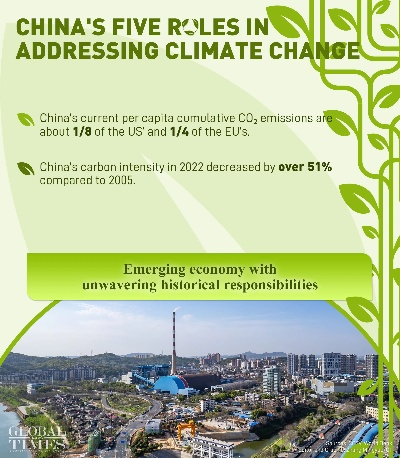
个性化定制与品牌化发展 随着消费者对个性化需求的增加,广西环保针纺织品行业开始向个性化定制和品牌化方向发展,企业注重产品设计和品牌建设,提高产品附加值。
案例分析:广西环保针纺织品行业成功案例
案例一:某纺织企业采用环保材料生产绿色针纺织品 该企业注重环保理念,采用环保材料生产绿色针纺织品,通过研发新型面料,提高产品质量和环保性能,该企业注重资源循环利用,减少废弃物排放。
案例二:某竹纤维制品品牌在广西地区的发展 该品牌注重绿色生产,采用竹纤维等天然纤维制品生产环保针纺织品,该品牌注重品牌建设,提高产品附加值和市场竞争力。
未来发展趋势预测
技术创新将持续推动行业发展 随着环保理念的深入人心和技术的不断进步,广西环保针纺织品行业将继续保持技术创新的发展趋势,企业将更加注重研发新型环保材料和技术手段。
绿色生产将成为行业主流趋势 随着国家对环境保护的重视和消费者对环保产品的需求增加,绿色生产将成为广西环保针纺织品行业的主流趋势,企业将更加注重资源循环利用和环境保护。
品牌化发展将成为行业重要方向 随着市场竞争的加剧和消费者需求的多样化,品牌化发展将成为广西环保针纺织品行业的重要方向,企业将更加注重产品设计和品牌建设,提高产品附加值和市场竞争力。
广西环保针纺织品行业的发展趋势表明,随着环保理念的深入人心和技术的不断进步,广西地区的纺织产业将更加注重绿色、低碳、可持续的发展方向,个性化定制和品牌化发展将成为行业的重要趋势,广西地区的纺织产业将继续保持创新发展的态势,为推动我国纺织产业的可持续发展做出更大的贡献。
Articles related to the knowledge points of this article:
A Comprehensive Review of Yinchuans Embroidery and Textile Industry
